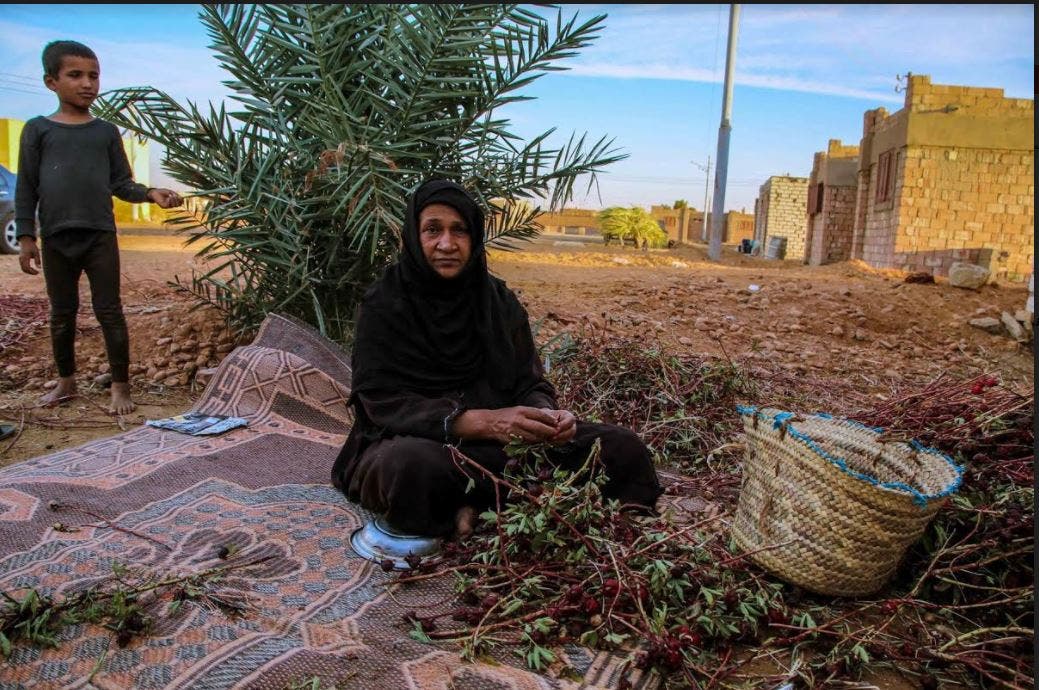
“Pardon the men cannot live here .. The village is for divorced and widowed women only,” is an unwritten condition to live in the Upper Egyptian village ‘Al Samaha’, located in Edfu, which is 120 km away from Aswan.
Here, in Upper Egypt, a number of women are partaking in a new experience, where they step away from society in isolation to avoid the social stigma and cultural perception that comes with being divorced and widowed.
The women wake up early in the morning with their axes on their shoulders irrigating the land, raising cattle, harvesting crops and carrying their arms in the evening to protect their children.
This project was launched by the Egyptian Ministry of Agriculture in 1998 for single mothers widowed or divorced, said Hamdi El Kashef, the village’s general superintendent, in an interview with Al Arabiya, adding that only 303 women and their children, not men, live in the village. If any son gets married, he is taken out of the village.
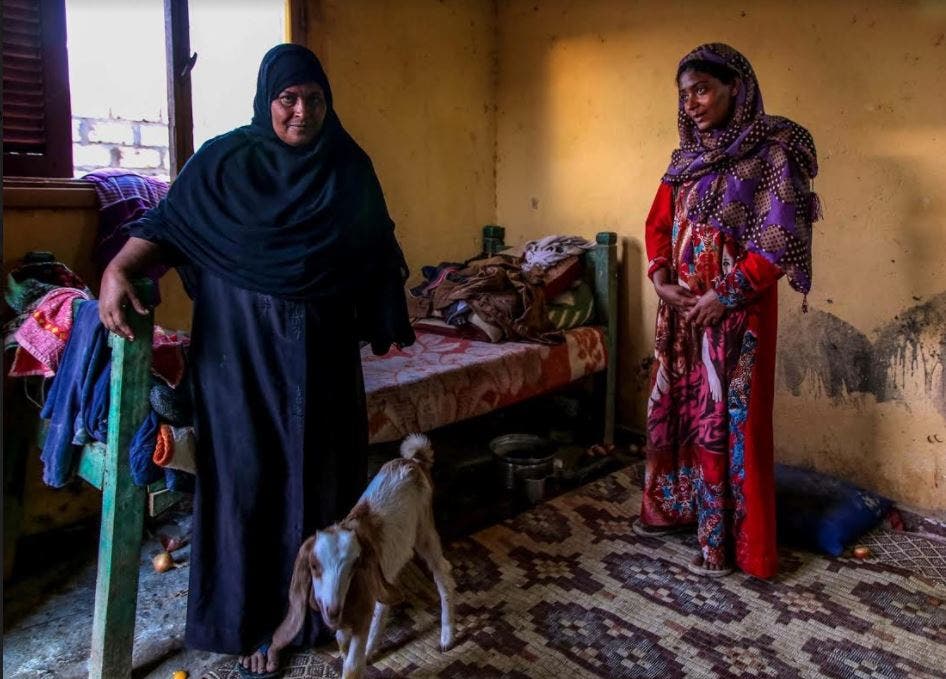
Nabil Rashid, technical director of the World Food Project, and the first to oversee the village, told Sputnik that the idea belonged to the former Minister of Agriculture Youssef Wali, and that the project was among the projects of the villages for graduates and youth, but it was limited to divorcees and widows to ensure that the women have a dignified life due to the suffering they were subjected to in society.
He added that the project aims to preserve the future of the children whose mothers became the sole breadwinner of the family by enabling them to have a source of livelihood.
Each woman has a house and a six-acre plot. The houses are one-story and are owned by the government. However the women residing need to pay premiums to use the space.
Rashed explains that the houses are composed of two rooms, a kitchen, a bathroom and a cattle barn. The houses are unfurnished and consist of basic items from their hometowns. The Ministry of Agriculture contributes 20 percent of the price of livestock purchased from the livestock sector.
The area of agricultural land in the village is 1818 acres, which is the main source of income to the women of Al Samaha village. Those in charge of the project provide these women with furniture and agricultural tools and supplies alongside short-term loans and animal husbandry loans.
The area is divided to grow all crops by flooding or drip depending on the crop or what is available. Women harvest the crops and are assisted by children and some wage earners from neighboring villages who are allowed to be present only in daylight, and when it is dark, the presence is limited to the inhabitants of the village only.
If any woman gets married, the land and home are withdrawn, because she violated the conditions of use and residence in the village.
The security of the village is handled by a police station and guards who guard the village in the evening, so that women are not subjected to any hate or attack by kidnapping gangs or stealing cattle. There is also a school, health unit and a school within the village.
One of the most important characteristics of the village is the women’s circle, where they gather before sunrise and in the evening to exchange stories, and discuss problems they were facing, and each neighborhood has its leader, which meets women every evening, as they exchange bread and various meals on occasions
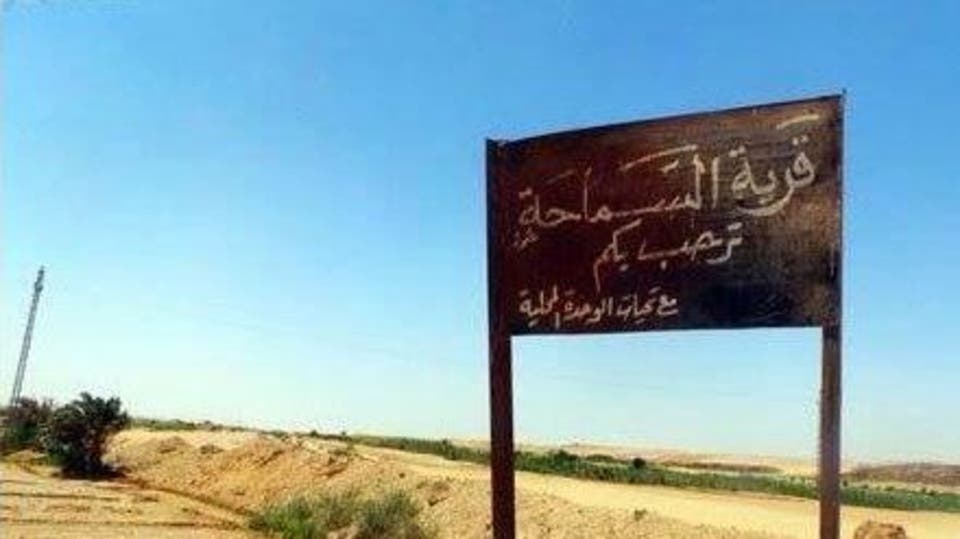



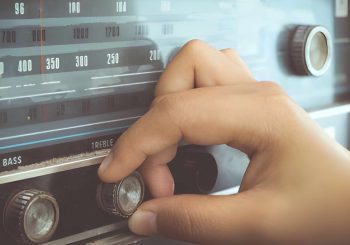
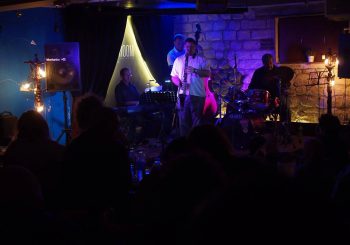

Comments (2)
[…] [10] Nour Eltigani, Egyptian Streets, Al Samaha: The Upper Egyptian Village Where No Man is Allowed […]
[…] [10] Nour Eltigani, Egyptian Streets, Al Samaha: The Upper Egyptian Village Where No Man is Allowed […]